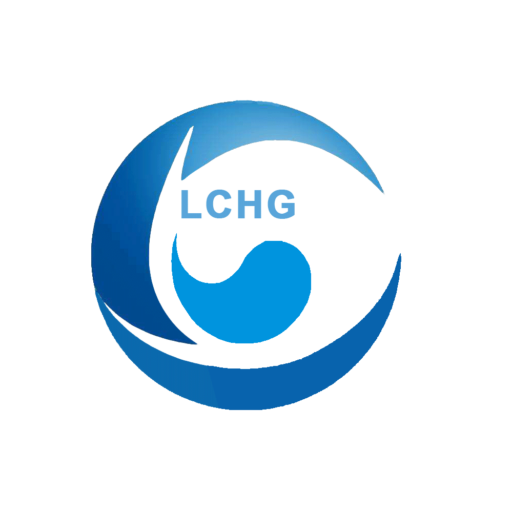Principle of waterless offset plate production – Photoinitiator
The preparation of the waterless offset plate is divided into positive type (exposed with a positive picture) and negative type (exposed with a negative picture), depending on the composition of the plate’s photosensitive layer. After exposure with a negative image, the exposed part of the silicone rubber falls off after development, exposing the pro-ink layer (graphic), and the unexposed part (blank) of the silicone rubber is retained; on the contrary, the exposed part of the light-sensitive layer crosslinks with the silicone rubber layer to become a repulsive ink layer after the development of the positive image exposure, and the unexposed part of the silicone rubber layer is removed, resulting in the formation of a pro-ink layer. Figure 3-12 negative picture exposure as an example to illustrate the process of waterless offset plate making.
Schematic diagram of the negative image plate-making process for waterless offset printing
Waterless offset printing is mainly suitable for high-quality, small print run and short delivery time, such as value-added packaging, plastic cards, self-adhesive labels, 3D, convex mirror shape application, CD/DVD, wood products plastic sealing, etc. It is especially worthwhile to be applied in some extreme printing fields.
Because the blank portion of the waterless offset plate is not protected by a water layer and relies on the rejection of the ink by the low surface tension of the silicone rubber layer, waterless offset inks are required to have high cohesion, i.e., a high viscosity is required to ensure that the plate is not soiled (the blank portion of the plate does not carry ink).
Waterless offset printing does not require fountain solution, only one inking process. Therefore, it is required that the graphic part of the inking process adsorbs the ink well and the blank part repels the ink.
According to the parameters of the surface energy of the ink, as long as the surface energy of the graphic part is higher than the ink, and the surface energy of the blank part is lower than the ink. In the choice of material, in order to prevent the ink on the blank part of the sticky dirty, usually the blank part of the surface energy to be far below the surface energy of the ink. Nowadays, the more mature level-free version, the blank part of which is composed of silicone rubber, has a very low surface energy. The graphic part is selected from polyester with good lipophilic ink transfer properties.
Waterless offset printing in the printing process, due to the presence of inking rollers and other soft rubber rollers (rubber materials) hysteresis circle, the heat generated by internal consumption will cause the ink temperature to rise and lead to a decline in its surface energy. When the surface energy is reduced to a certain extent, it is possible to destroy the normal surface energy relationship between the blank part and the ink, so that the blank part of the dirty. Therefore, improvements must be made in the construction of the printing press. Can be inserted between the soft rubber roller hollow metal string ink roller, to the metal string ink roller through the air or water and other refrigeration medium, in order to control the temperature of the ink.
Waterless offset printing using a special ink, its basic composition and the traditional offset printing ink is similar to the choice of color is no difference, the main difference is the ink used in the resin that is connected to the material part. Waterless offset printing ink and traditional offset printing ink compared to the following special properties.
① It needs to have a higher viscosity and viscosity than the traditional offset ink, in order to provide a relatively large ink cohesion, enough to be greater than the force between the ink and silicone layer, so that the silicone layer shows oleophobic, so that the ink and non-graphic part of the silicone rubber layer repulsive, so as to achieve waterless printing.
② must adapt to the special rheological properties of waterless offset printing. Because the waterless offset printing ink has a high viscosity, so it is more difficult to circulate between the ink roller and the printing plate, which requires the ink to have a special design, so that it has better rheological properties.
③ Because of the special influence of temperature in waterless offset printing, it is also desirable to have a wider temperature adaptation range.
Contact Us Now!
If you need Price, please fill in your contact information in the form below, we will usually contact you within 24 hours. You could also email me info@longchangchemical.com during working hours ( 8:30 am to 6:00 pm UTC+8 Mon.~Sat. ) or use the website live chat to get prompt reply.
